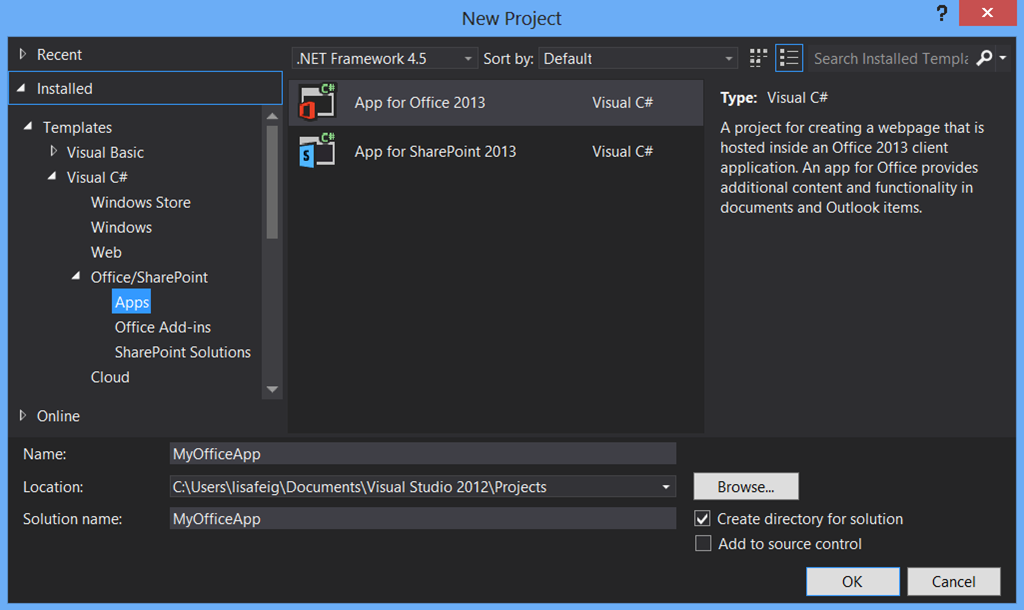
- Visual studio for mac ssdt install#
- Visual studio for mac ssdt upgrade#
- Visual studio for mac ssdt full#
- Visual studio for mac ssdt software#
In the installer, select for the edition of Visual Studio that you want to add SSDT to, and then choose Modify. In the Windows Start menu, you can search for "installer". To modify the installed Visual Studio workloads to include SSDT, use the Visual Studio Installer.
Visual studio for mac ssdt install#
If you don’t have Visual Studio 2022 (Preview) installed, then you can download and install Visual Studio 2022 Preview. If Visual Studio 2022 (Preview) is already installed, you can edit the list of workloads to include SSDT. Install SSDT with Visual Studio 2022 (Preview)


As long as you own the CDs from a Windows installation, including your Office package, you should be good to go.There's no SSDT standalone installer for Visual Studio 2022 (Preview). And you can buy SQL Server Developer Edition from Amazon and other places for $55 or so which gives you all of the features of the Enterprise edition except it's not usable for a production installation. I've seen even more (as a percentage of attendees) at the two SQL Saturday events that I've attended.ĮDIT: I forgot to mention: I've never used Bootcamp, so no thoughts on that.Ģnd EDIT: Obviously you'll need a licensed Windows OS: 7, 8, 10, Server, whatever ($100+). I went to SQL PASS in 2008 and was very happy to see several people using MacBook Pros to run SQL Server on. I've been doing it for 8(?!) years now, I find it hard to believe it's been that long. The absence of a Delete key from the stock Apple keyboards has always been a source of vexation for me. The Windows keyboard functionality is there, but sometimes it's hidden behind somewhat arcane keyboard combinations or menus. You may also have keyboard mapping issues. I'd suggest copying the VM to wherever your backup is whenever you change your backup media. My VMs are typically around 80 gig: while that isn't much, every time you open that VM it is marked as updated and the system will want to back it up, which may or may not be what you want. First, exclude your VM from the TM backup. If you're running TM, and you should!, I would do two things. One thing to watch out for: Time Machine backups.
Visual studio for mac ssdt software#
The VM software is quite mature as they've been improving it for years ever since Apple went Intel and OS-X. By using a VM system, you have the option of flipping between the two operating systems. I'd recommend a Mac with 8-16 gig of memory, and with iMacs and Mac Pros supporting 32 gig or more, that's what I'd do.
Visual studio for mac ssdt upgrade#
It can take a while, so personally I would upgrade the tools for the first couple of months when a new edition of the software came out, then ignore it if I didn't have a lot of time available.įunctionally, it works just fine. Also, whenever they upgrade their 'Parallels Tools', it will upgrade your VM (each and every VM that you have), which will require a VM reboot. They seem to revel in making their system incompatible with the next OS. As the upgrade is typically $50, it's no big deal, but it's annoying. Also, they'll hound you whenever a new version of Windows comes out.

Apple releases a new OS-X every year, and every year Parallels will hound you to buy a new upgrade. I would give VMWare a slight preference as you can swap images between your laptop and your employer's infrastructure, assuming they're running a VMWare environment and policy (and disk space!) allow.Ī couple of 'gotchas' with Parallels.
Visual studio for mac ssdt full#
I don't think you can convert virtual machine images between those two, so I'll be doing a full rebuild. (I think there are one or two other VM packages out there, but I have no experience with them: Parallels and VMWare are the biggies) Personally I use Parallels currently though I'm contemplating a switch to VMWare. I will be buying a new PC box soon, mainly for dedicated vintage gaming and SQL Server.Īs Orlando pointed out, your two common ways of doing it is to run a VM using Parallels or VMWare, or using Bootcamp to effectively dual-boot your computer in to a Windows environment. Mac user here, I switched from Windows to Mac for personal use in 2007.


 0 kommentar(er)
0 kommentar(er)
